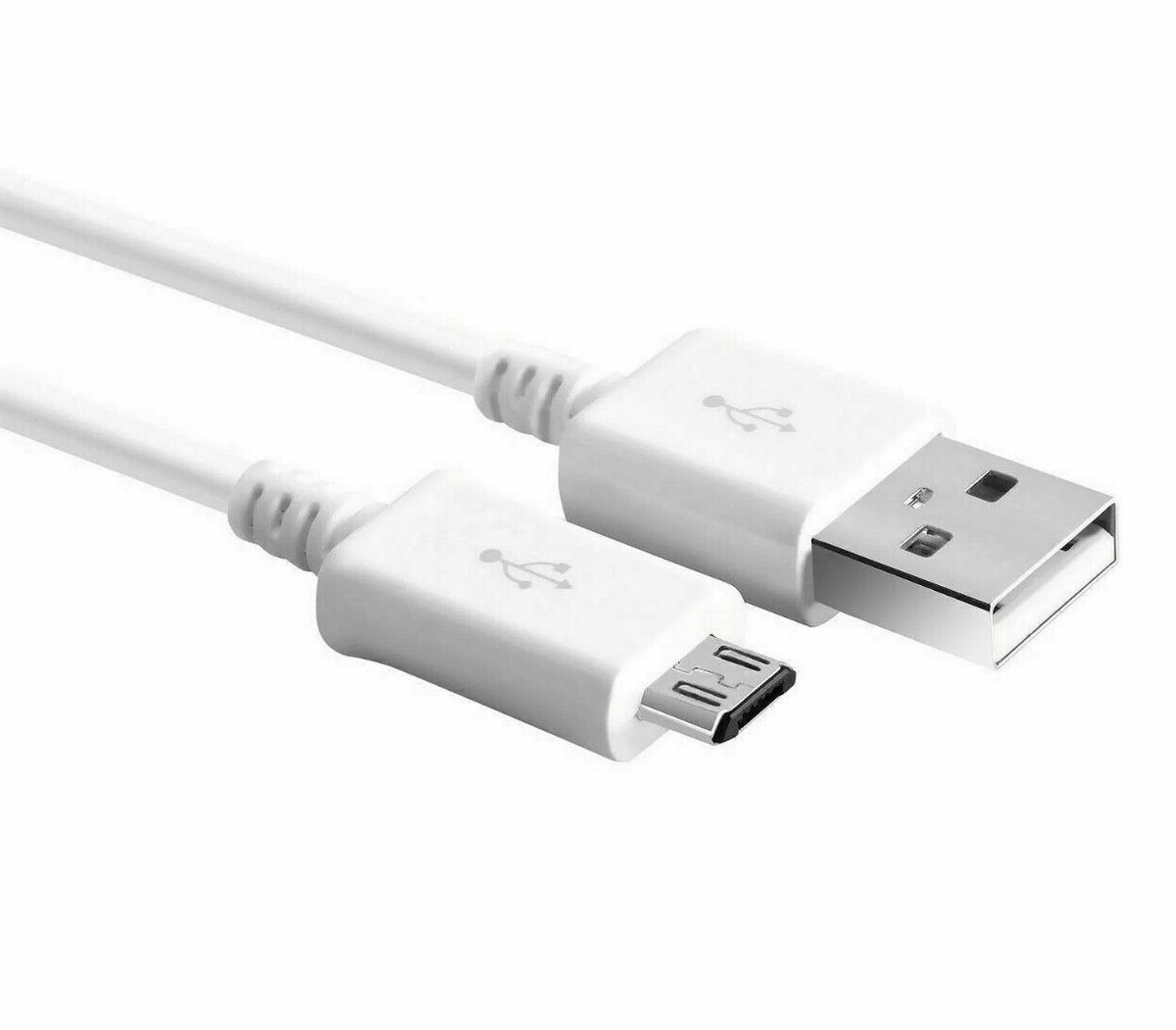
Understanding Charging Standards
Before exploring the best chargers, understanding different charging standards is important. Most modern Android devices support USB-C and Quick Charge 3.0 or higher, significantly improving charging speeds. Here are some key terms to keep in mind:
- USB-C: A versatile port handling both data transfer and power delivery. Widely used in newer devices, it supports faster charging speeds.
- Quick Charge 3.0: A fast-charging standard developed by Qualcomm, charging a battery from 0 to 80% in about 35 minutes.
- Adaptive Fast Charging: Similar to Quick Charge but more adaptable to different devices, found in various chargers.
Top Picks Under $1
Finding a high-quality charger under $1 is challenging. Here are some top picks, focusing on affordability, reliability, and efficiency:
Type C Charger Fast Charging, 2 Pack USB C Android Phone Wall Charger Block & 6ft Charge Cable Cord
- Compatibility: Works with a wide range of Android devices including Samsung Galaxy S8/S9/S10 Plus, S20/S21 Ultra Plus, Note 8/9/10, and Google Pixel 3.
- Features:
- Quick Charge 3.0 Rapid Charging: Charges your battery from zero to 50% in just 30 minutes, 75% faster than standard cell phone chargers.
- Safeguard Protection: Includes premium built-in safeguards and intelligent IC identification technology to prevent short circuits, over-current, over-voltage, overheating, and over-charging.
- Wide Compatibility: Supports multiple devices with a 2A charging rate for USB-C devices without Fast Charging.
- Price: Available for $9.99 on Amazon, offering excellent value for the price.
Anker 511 USB-C GaN 30W Charger
- Compatibility: Suitable for phones, tablets, and limited laptop use.
- Features:
- 30W Charging Speed: Ideal for charging small devices like smartphones and tablets.
- GaN Technology: Uses gallium nitride, providing better power efficiency and a more compact design.
- Price: Available for $20 on Amazon, a great option for those needing a reliable 30W charger.
Anker Power Strip with USB C PD Ports
- Compatibility: Works with multiple devices including Android phones and tablets.
- Features:
- Multiple Ports: Includes multiple USB-C PD ports for simultaneous charging of multiple devices.
- Compact Design: Designed to be compact and space-efficient, perfect for desks or travel.
- Price: Often priced around $20-$30, offering great value for its features and functionality.
Why Quality Matters
Quality is crucial when charging your Android device. Here are some reasons why:
Safety Features
A good charger should come with built-in safeguards to prevent short circuits, over-current, over-voltage, overheating, and over-charging. These features ensure device protection from potential damage.
Charging Speed
The charging speed of a charger is crucial. Look for chargers supporting Quick Charge 3.0 or higher for faster charging times. For example, the Type C Charger Fast Charging mentioned earlier can charge your battery from zero to 50% in just 30 minutes.
Compatibility
Ensure the charger is compatible with your device. Most modern Android devices support USB-C and Quick Charge standards, but it's always a good idea to check the compatibility list before making a purchase.
Brand Reputation
Choose a reputable brand known for producing high-quality chargers. Brands like Anker and Samsung offer reliable products certified to charge Android and Apple phones.
Cable Considerations
While the charger itself is crucial, the cable also plays a significant role in ensuring efficient charging. Here are some tips for choosing the right cable:
Material
Look for cables made from durable materials like nylon braiding. These cables are less prone to damage and can withstand regular use.
Star Rating
Opt for cables with high star ratings on platforms like Amazon. A minimum of 4.5 out of 5 stars is a good starting point. Additionally, look for cables with a large number of reviews to ensure reliability.
Length
Choose cables with a suitable length. A 6ft cable is often a good compromise between convenience and manageability.
Certification
Ensure the cable is certified to handle the wattage of your charger. For example, if using a 45W charger, make sure the cable is certified to handle that wattage.
Wireless Charging Options
For those who prefer wireless charging, several excellent options are available:
Belkin BoostCharge Pro Portable Wireless Charger Pad with MagSafe
- Compatibility: Works with iPhones and Android phones.
- Features:
- MagSafe Capabilities: Supports MagSafe charging for iPhones.
- Built-in Stand: Includes a built-in stand for convenient placement.
- Long Power Cable: Comes with a 6.6-foot USB-C power cable.
- Price: Available for $30 on Amazon.
Zens Magnetic Nightstand Charger
- Compatibility: Works with iPhones and Android phones.
- Features:
- MagSafe Capabilities: Supports MagSafe charging for iPhones.
- Built-in Phone Stand: Includes a built-in phone stand that’s topple-proof.
- Wall Charger Included: Comes with its own wall charger.
- Price: Available for $60 on Amazon.
Portable Chargers
Portable chargers, also known as battery packs or power banks, are essential for keeping devices charged on the go. Here are some top picks:
Anker 521 Portable Charger
- Compatibility: Suitable for phones, tablets, and earbuds.
- Features:
- Compact Design: Doubles as a USB-C wall adapter with fold-out prongs.
- High Efficiency: Highly efficient and convenient to use.
- Price: Available for around $20-$30 on Amazon.
UGreen 145W Power Bank
- Compatibility: Suitable for laptops and tablets.
- Features:
- High Capacity: Offers a high capacity of 25,000mAh.
- Fast Charging Speeds: Can charge devices quickly, including 100W laptops.
- Price: Available for around $50-$60 on Amazon.
Iniu Portable Charger
- Compatibility: Suitable for phones, tablets, and earbuds.
- Features:
- Compact Design: A compact, low-cost 10,000mAh battery pack.
- Affordable Price: Available for around $18 on Amazon.
- Price: Available for around $18 on Amazon.
